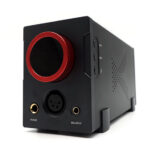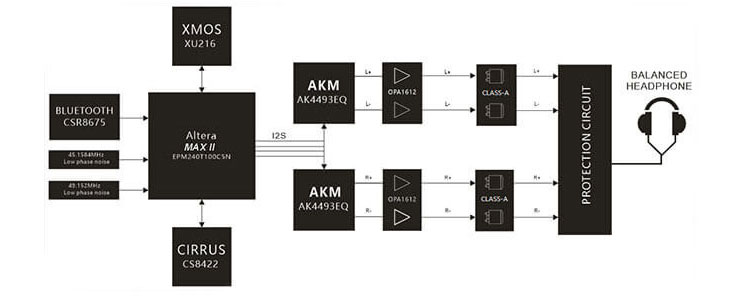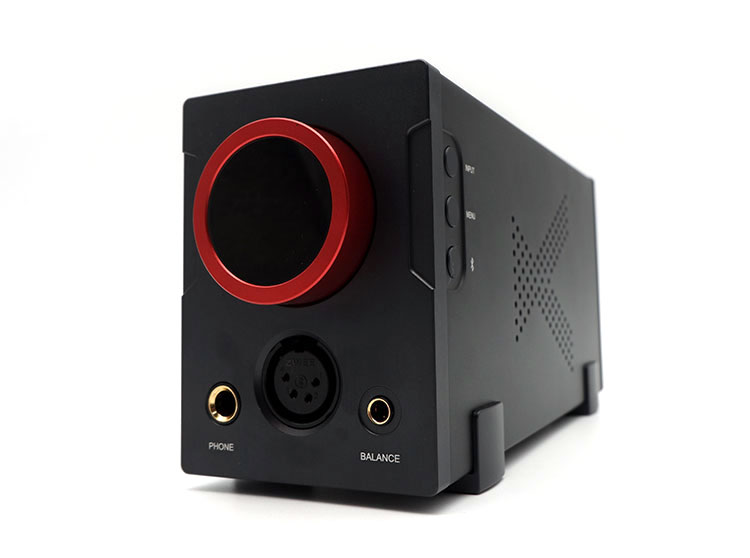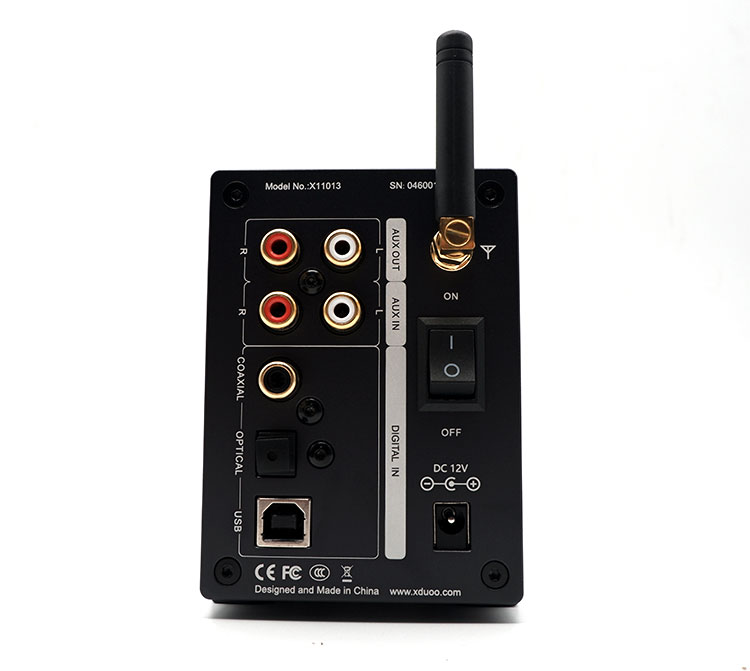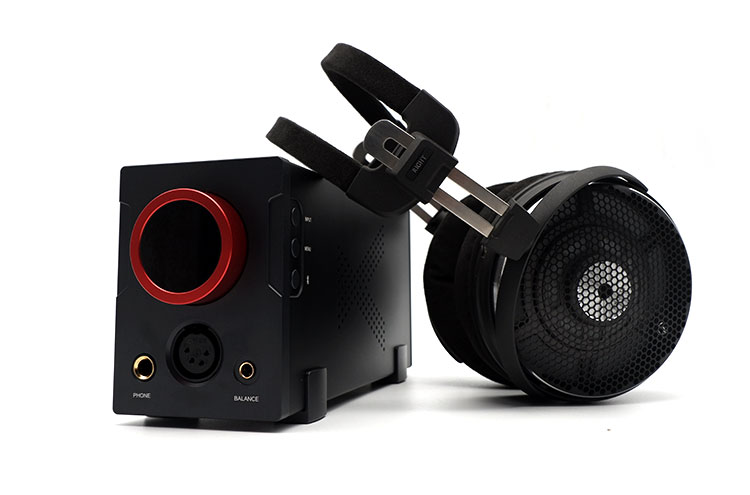The xDuoo XA-10 is a balanced desktop DAC and headphone amplifier featuring MQA decoding capability, DSD512, and up to 4W of power. It is priced at $479.
Disclaimer: The xDuoo XA-10 sent to us is a sample in exchange for our honest opinion in this review. Thank you to xDuoo and Shenzhen Audio for giving us this opportunity.
To read more on Xduoo products featured on Headfonics click here.
Note, this review follows our new scoring guidelines for 2021 which you can read up on here.
xDuoo is a company out of Shenzhen, China that has been manufacturing hifi equipment for years. They started as an ODM for other companies, and have been working on improving the products that they design and manufacture by looking at the trends in the market and the company has since been investing in research and development.
Since their time as an ODM, xDuoo has decided to create their own line of products. xDuoo has become known for their portable DAC/amps, DAPs, and their tube headphone amplifiers.
A few of these products have even come across our office here at Headfonics, and they include the XD-05 Plus portable DAC/amp, the TA-10 desktop tube amp, among others. Recently, xDuoo sent us their latest all-in-one desktop DAC/Amp solution, the XA-10.
Tech Inside
Altera Max II CPLD
The heart of the XA-10 is the Altera Max II Complex Programmable Logic Device. It serves as the brain of the whole XA-10 system which switches between the available inputs while reducing the jitter that goes to the DAC, while also taking in accurate clock inputs.
XU216 USB controller and MQA decoding
The XU216 is part of the XMOS series of USB controllers and serves as the input bridge from the USB interface. It features multi-core processing of the signal to ensure a smooth translation of a USB signal into an I2S signal that can be read by the DACs.
MQA decoding is typically done by the computer or the player, and then further unfolded by an MQA capable DAC. With the XU216, both the decoding and unfolding are both done on the XA-10, giving it the ability to do an 8x unfold that outputs a full resolution of 32bits/384Khz.
DAC
Part of AKM’s Velvet sound series of DACs, the 4493EQ is a 2 channel that is capable of 32bit/768Khz decoding. Each chip can decode 2 channels, so xDuoo implemented the XA-10 with two 4493EQ DACs to provide a signal for the (+) and (-) swing voltages of the balanced circuit, giving the XA-10 a balanced differential onboard DAC to feed the amplifier section.
Amplifier
With the market being flooded with chip-based amplifiers, like the widely successful THX amps, Topping NFCA based amps, or some Schiit amps, it would be tempting for any company to just slap on an op-amp based headphone amplifier and call it a day. However, xDuoo opted to design and engineer a fully discrete amplifier that is running in Class-A mode.
While this means that the amp will be running at full power all the time, this also means that the amp can draw upon the maximum power instantaneously. This design topology inherently has an advantage in terms of dynamic range and slew rate. And it is taken full advantage of by the XA-10.
Design
Based on the features, I initially imaged the XA-10 to have a slightly larger frame, but xDuoo managed to shrink all that and stuffed it into a box with a relatively small footprint. Although the front and rear faceplates are made of hard plastic, the main body of the chassis is made of metal.
The front fascia is accented with a large red ring that surrounds the display that shows the status of the device. The red ring also doubles as a digital volume knob for precision volume control while all the headphone outputs are positioned right below the red ring.
Mounted on the side are the buttons for input, menu/enter, and Bluetooth pairing. The rear is fully packed with inputs and outputs. The power input for the XA-10 is a large off-board 12V, 3A switch mode power supply which is about 1/3 the size of the unit itself, so XA-10 is assured of clean and responsive power at all times.
I/O
The XA-10 is a feature-packed little all-in-one device, and it has a lot of available input and output options. Input options include Bluetooth, Coaxial Digital, Optical, USB, and an option for single-ended analog inputs. These inputs are all located at the rear of the unit.
Outputs on the other hand include a pre-amp out that works based on what input option is selected, and will pass through the signal to the downstream device at full volume.
Upfront, there are 3 options for the headphone outputs, which are a ¼” single-ended, a 4-pin XLR, and a 4.4mm pentaconn standard connection. These ports make the XA-10 a versatile unit because it uses the most popular headphone connections in the market today.
Volume Control
Volume control can be implemented in many ways, and the simplest and most economical way is with the use of a simple volume potentiometer. However, potentiometer volume controls are known to be less precise and have less channel matching, especially at the lowest settings.
Instead of using a cheaper potentiometer though, xDuoo put a more precise IC-based volume control for the XA-10. This allows the XA-10 to have channel matching even at the lowest volume settings, which then ensures that even sensitive loads would work properly with the XA-10.
GUI & Button Controls
The menu options on the XA-10 utilizes the 3 buttons on the side and the volume wheel for selection. The first button is for input selection, and subsequent presses on the input button will cycle through the 5 available input options.
Clicking through the options might incur a bit of a time as there seems to be a 1-second delay where the device pauses while going to the next input. It’s not that bothersome though, since the input mode remains the same when the device is powered off then powered on again.
The second button is the menu button, which gives the user access to gain settings and filter settings for the integrated DAC. Selection is made by turning the volume dial and then pressing the menu button again to make a selection.
The last button is the Bluetooth pairing button. This button is used to put the XA-10 in pairing mode when the Bluetooth input selection is active. The button layout and menu options are intuitive enough that they generally didn’t require me to look through the manual for me to operate the XA-10 properly.
Bluetooth
As mentioned above, Bluetooth pairing mode can be accessed by going into Bluetooth input mode and then pressing the third button on the side panel. Once pairing is successful, subsequent pairings will be done automatically as long as the Bluetooth is activated on my phone, and the XA-10’s input mode is set to Bluetooth.
While Bluetooth is not yet the default preference for serious listening, the XA-10 is equipped with hi-res Bluetooth codecs. Which includes hi-res codecs such as aptX HD, and LDAC. These hi-res codecs allow for a maximum resolution of 24/48Khz over aptX HD, and 32/96Khz over LDAC, while still having support for legacy codecs such as SBC and AAC.
Sonically, Bluetooth on the XA-10 delivers on the promise of closely matching the ability of its wired connections. Personally, I can say that Bluetooth on the XA-10 is pretty close to its wired counterpart, and can only be distinguished once playing MQA files or files that have a resolution beyond the 32/96Khz limit of LDAC.
It’s only when the XA-10 is fed with higher resolution files that Bluetooth suddenly lags behind wired connections. There is a noticeable improvement in imaging depth and vocal clarity when going from Bluetooth to a wired connection.
Overall, the XA-10’s Bluetooth receiver is implemented quite well, and it just does its job well for most use cases.
Packaging & Accessories
The XA-10 comes in is a white box, inside is a box of accessories on top of foam inserts that keep the XA-10 itself safe during storage and transport. The accessories include a Bluetooth antenna, a USB cable, the switch mode power supply, a standard power cord, and a 6.35mm converter.
With the accessories that were included with the XA-10, the xDuoo has made sure that the XA-10 is ready to run right out of the box.
Sound Impressions
DAC/AMP
Tonality
As a DAC/amp combo, the XA-10 has a slight mid-centric focus. Vocals have a nice textured presentation while having some weight to them. Midrange instruments likewise have a good amount of weight to them, while the texture is also presented quite well.
At first, I had the impression that the bass on the XA-10 is slightly elevated, but it’s not really the case. The amount of bass is just right, however, the immediacy of the attack creates an illusion of an elevated bass region. While the bass is punchy and generally controlled, there are passages, particularly ones with drum hits where the hit sounds a touch dispersed.
Going into the treble range, the treble sounds quite clear and crystalline in general, despite being slightly rolled off at the extremes. However, the XA-10 ensures that it’s a safe distance away from being sibilant.
Soundstage, Imaging, and Dynamics
A slightly subdued treble region doesn’t do great things for the vastness of the soundstage, and there seems to be a wall at the end of the soundstage. Imaging is fairly accurate within the soundstage, where there is a good amount of layering, sharpness, and directionality
When playing classical string pieces such as cellos or violins, there seems to be a bit of compression in the dynamic range. Although there is a meatiness in the cello playing, the gentleness of a cellist’s bow stroke is not conveyed too vividly.
AMP
For the next section, I used the XA-10 in Aux-in mode where I fed the XA-10 using a Chord 2qute DAC to isolate the abilities of the XA-10’s class A amp section.
Tonality
Class-A amplifiers are generally regarded to have a smooth and more natural tonality. With the XA-10’s class-A amplifier section, it is no different. With a different upstream DAC, it’s evident that the XA-10’s amp section extends quite well on both ends of the frequency spectrum.
The tonality of the amp section is natural but authoritative, with a touch of treble sparkle, and air, while having an impactful and controlled bass region. The XA-10’s amp section also retained the midrange texture and clarity, while having an overall better harmonic balance.
Soundstage, Imaging, and Dynamics
As an amplifier, the XA-10 retains a good amount of width, and it can set a vast sounding stage. The amp section also retained the accuracy of the imaging directionality, but the layering within the soundstage is notably more vivid. The sound elements are not the widest, but the placement of each sound element is very natural.
Playing orchestral tracks showcased the XA-10’s ability to display a gentler passage while retaining emotional engagement for those crescendos.
Click on page 2 below for synergy and comparisons


